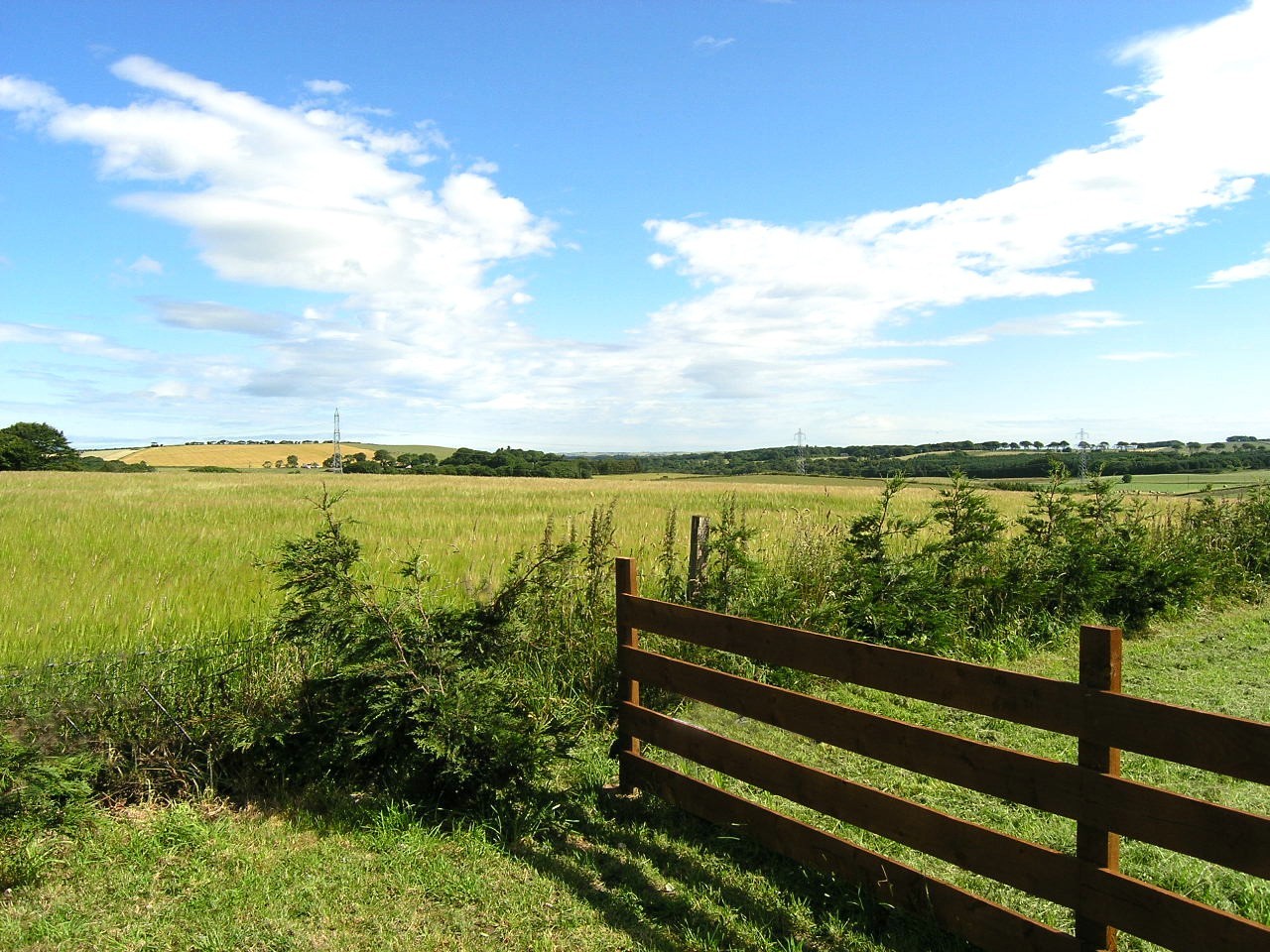Starter unit farms within Scotland’s million acres of publicly-owned land could hold the solution to the crippling shortage of opportunities currently available to the next generation of farmers.
A 10 point plan has been published by the Scottish Government outlining how starter farms on land owned by Scottish Natural Heritage, the Crofting Estate, the National Forest Estate, the Crown Estate, local authorities, Scottish Water and others can be made available to new entrants.
The recommendations, contained in the final report of a short life industry-led group, set out how start-up grants, access to Basic Payments allied to advice and skills programmes can facilitate entry and allow individuals to develop.
The report received the backing of Rural Economy Secretary Fergus Ewing who said he believed that there was a supply of land in public ownership with the potential to offer a route into farming for new entrants.
“That is why we established this short life group to investigate how this land could be used to kick start the next generation of farmers, secure food production and boost our economy for years to come,” he said.
But while the Scottish Association of Young Farmers’ Clubs rural affairs chairman Sarah Allison said the report was a big step forward in recognising the issues and proposing solutions to the lack of land availability to new entrants, it was not enough.
She added: “This on its own will not address the chronic lack of land available, and further work must be done to assess what kind of business environment is needed to create a thriving tenanted sector in Scotland once again.”
The recommendations include: a coordinated approach by the different organisations who manage publicly owned land and the development of a new entrants opportunities programme; communication with publicly owning land managers to identify and encourage the letting of smaller units as the initial building block of any new entrant business; flexibility about lease alterations to allow growth; advertising new opportunities on the Scottish Government website as well as usual regional and national outlets.







